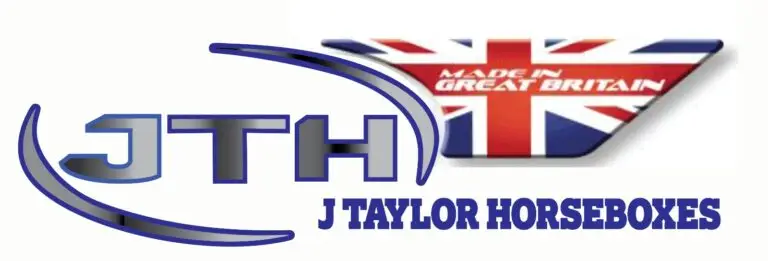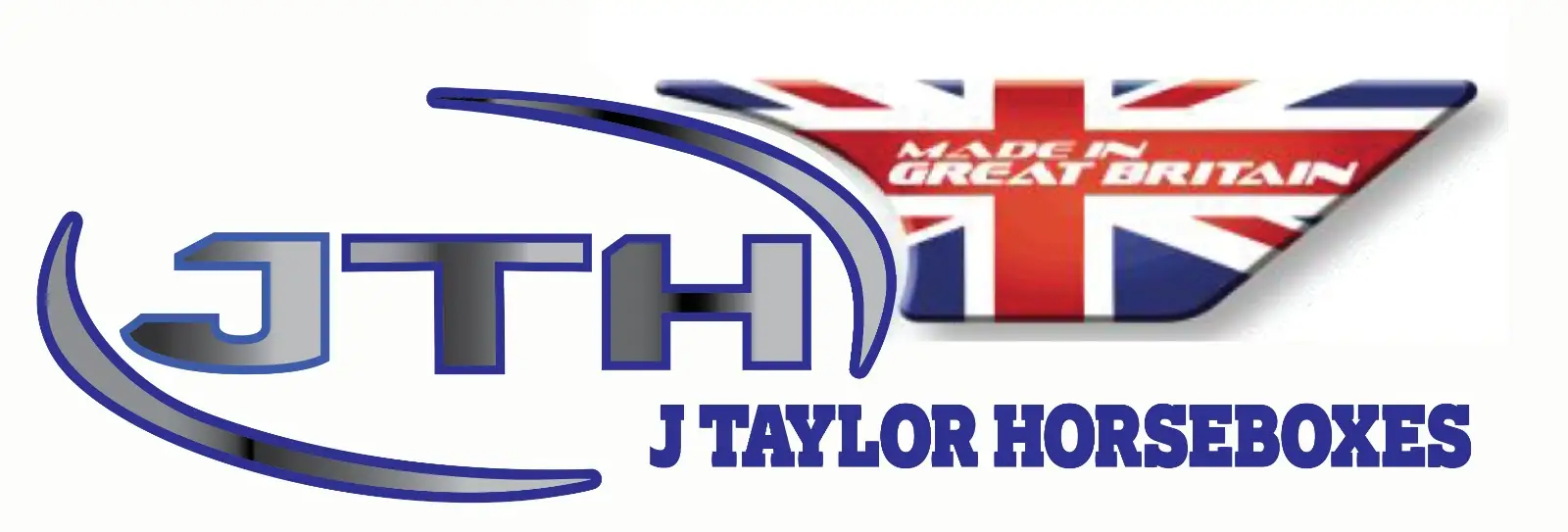Horses and Vibration


Table of Contents
Written by Kevin Parker of KPH
Horses and Vibration
Surprisingly, we found that little research has been conducted on the specific effects of vibration on horses during transport, despite its significant impact on their health and well-being.
This issue is often overlooked, with few people even considering its importance when moving their horses.
Health Impacts of Vibration
Vibration during transport can significantly affect the health of horses, primarily by inducing stress and related health issues. This stress negatively impacts their health and performance, increasing the risk of conditions such as colic, gastric ulcers, dehydration, transport fever, and heat stroke.
Horses experience physiological changes due to this stress, including increased cortisol levels and altered heart rates, particularly at the beginning of transport. Additionally, vibrations can compromise their respiratory systems, making them more susceptible to respiratory issues after transit. We noted that although the immune response is also affected, it is believed to recover within a day.
Given these potential health impacts and the lack of comprehensive research, efforts to reduce vibration through improved vehicle design and transport conditions are crucial to safeguarding the welfare of horses during transit.
It is evident that KPH is one of the few manufacturers actively considering vibration and designing specifically for this issue.
Research Findings
Our research findings indicate that most studies on vibration focus on humans, where standards exist for evaluating exposure to whole-body vibrations.
Attempts have been made to apply human vibration testing results to horses, but differences in body mass, stance, and morphology mean it is unclear if human standards are applicable to horses. Studies on humans suggest that repeated or long-term exposure to vibration can have negative health effects, such as fatigue, loss of balance, blurred vision, and hearing loss.
Horses are known to be sensitive to vibration and movement during transit. They often stand for long periods between stops and brace themselves during cornering or braking.
Horses are also very sensitive to noise, which typically comes from vibrations transferred from the road, suspension, and vehicle body.
Interestingly, recent research suggests that controlled whole-body vibration might have some beneficial effects on horses, such as lowering heart rates and cortisol levels in stalled horses.
However, these findings are preliminary and do not negate the importance of minimising the harmful vibrations during transport.
Sources of Vibration
The intensity of vibrations can vary significantly across the horsebox, influenced by several key factors:
Road Conditions
Road conditions play a crucial role in the level of vibrations experienced during transport. Uneven surfaces, potholes, and rough terrain can increase the intensity of vibrations transmitted to the horsebox.
Vehicle Maintenance
Proper vehicle maintenance is essential for minimising vibrations. Key contributors to vibration in the chassis include the wheels and tyres, engine and gearbox, axles and driveshafts, as well as the brake system and suspension. Regular checks and maintenance of these components can help ensure optimal performance and reduce vibration levels.
Horsebox Design
The design of the horsebox itself also significantly impacts vibration levels. Elements such as horse partitions and gates, lockers and doors, flooring, and the cab walk-through are important sources of vibration. Thoughtful design choices can help mitigate these vibrations and enhance overall comfort for the horses.
Driver Behaviour
Driver behaviour contributes to the effects of vibration experienced during transit. Sudden acceleration, hard braking, and aggressive cornering can all add to increased vibrations within the horsebox. A smooth driving style can help minimise these effects and ensure a more comfortable ride for the horses.
Designing the horse area in our horseboxes
At JTH, we understand that vibration sources can vary significantly, so we’ve carefully considered each aspect of our horsebox design to minimise vibration and enhance horse comfort:
Suspension and Chassis
While suspension, tyres, and running gear need to be in optimal working order, we focus on areas we can improve. where we can, we opt for chassis with air suspension and for our premium Aeos horsebox range, we include air suspension not only to reduce vibration, but also improve ride comfort and safety.
Insulation and Adhesives
We insulate tack lockers and doors to remove sound and vibration. Vehicle subframes are major contributors to vibration and sound. We have isolated these from the chassis using vibration, impact, and shock-resistant adhesives.
Partition and Gate Design
Without question, horse partitions and gates typically rattle and vibrate. Our latest designs have eliminated this source of vibration, further enhancing the comfort of the horse area.
Innovative Construction Techniques
By replacing bolts, rivets, and other mechanical fixings with the latest glues and body tapes, we’ve reduced sound and vibration from the structure of our build by up to 40%.
Specialised Coatings
Our amazing Coat-X polyurea protective coating significantly reduces transferred sound and vibration from wheel arches and horse floors. This coating offers several benefits:
Vibration Damping
The elastomeric nature of Coat-X allows it to absorb and dissipate vibrations, helping to reduce noise transmission.
Sealing Ability
When applied, Coat-X creates a seamless, waterproof, and airtight barrier that helps block airborne sound transmission.
Density
Coat-X has a relatively high density that contributes to sound blocking capabilities.
Food for thought…..
It is clear that reducing vibration through improved vehicle design can help minimise stress and health issues for customers horses. We are one of the few manufacturers actively designing for this issue and by implementing many new and innovative design features, KPH continues to lead the way in creating comfortable, low-vibration environments for horses during transport.
As always, safety—primarily horse safety—is at the forefront of everything we do.
Thank you for being part of our journey! We would greatly appreciate your thoughts on this blog post. If there’s anything we might have overlooked or if you have additional insights to share, we would love to hear from you.


